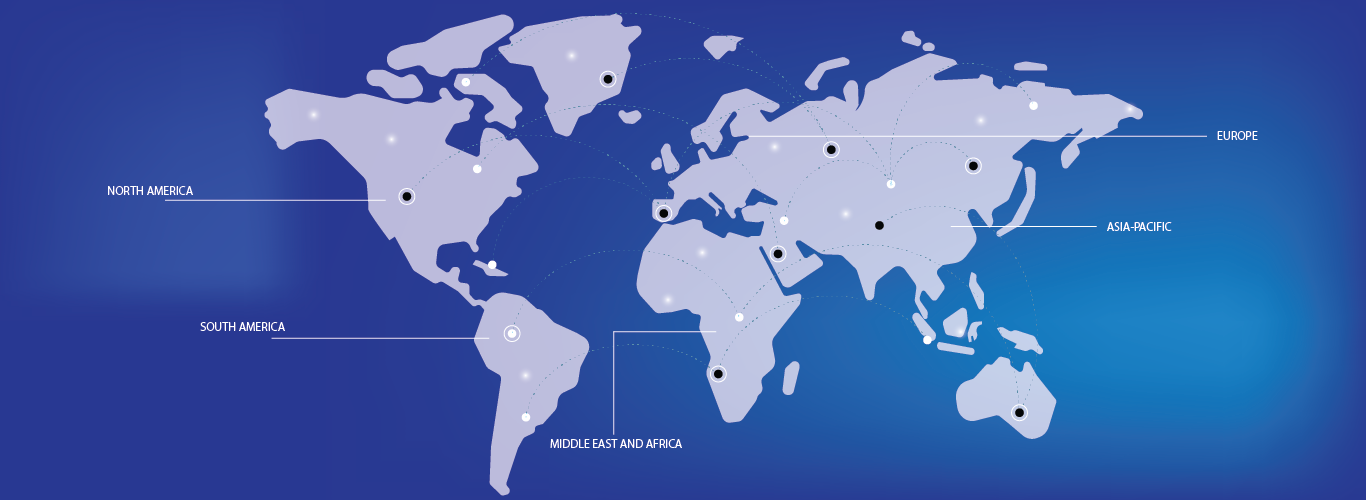The global organic period care products market is witnessing significant growth due to heightened awareness about menstrual hygiene and the environmental toll of conventional products. Consumers are increasingly drawn to sustainable, eco-friendly alternatives that align with a commitment to health and sustainability. Synthetic period care products, often associated with allergies, skin irritations, and infections, are driving a shift towards organic options made from natural, biodegradable materials. This trend is further fueled by growing education on menstrual health and environmental preservation. As more individuals prioritize safety, comfort, and eco-conscious choices, the demand for organic period care products continues to expand globally.




